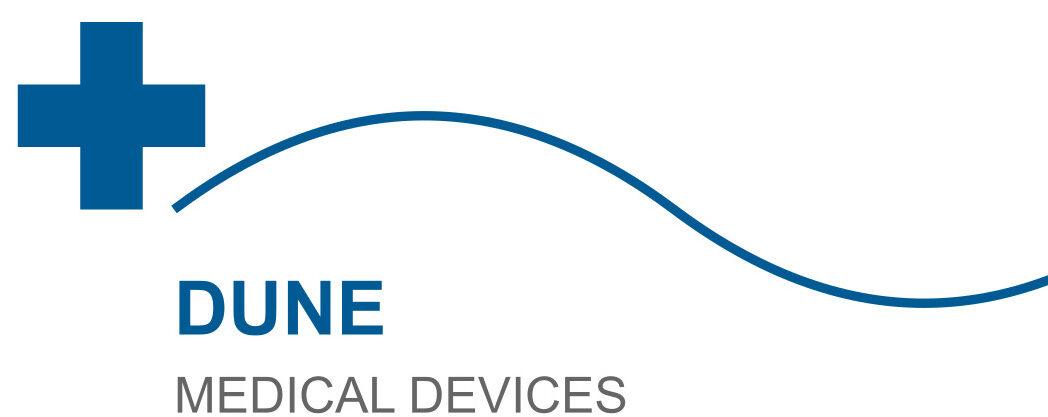“`html
Essential Equipment for an Ideal Cavitation Treatment Room
Setting up a cavitation treatment room requires careful consideration of the equipment to ensure both efficacy and safety. The core device is the cavitation machine, which should be FDA-approved and regularly maintained. Proper device calibration is critical to ensure consistent results and minimize risks.
Additional must-have tools include high-quality ultrasound gel for optimal conductivity, disposable gloves, and sanitizing wipes for hygiene. A comfortable treatment bed with adjustable height ensures ergonomic ease for the practitioner and client comfort during sessions.
Equipment Checklist
- FDA-approved cavitation machine
- Ultrasound gel (hypoallergenic)
- Disposable gloves and sanitizing supplies
- Adjustable treatment bed
- Protective eyewear (for practitioner and client)
Ergonomic and Safety Considerations
An ergonomic setup enhances practitioner efficiency and reduces strain during prolonged treatments. Position the cavitation machine within easy reach, and ensure cables are secured to prevent tripping hazards. The treatment bed should allow the practitioner to work from multiple angles without excessive bending or stretching.
Safety protocols are equally important. Maintain a clutter-free workspace, and ensure emergency exits are accessible. Proper ventilation and lighting contribute to a professional environment, while noise-reducing measures (like acoustic panels) improve client comfort.
Room Layout Tips
| Area | Recommendation |
|---|---|
| Machine Placement | Within arm’s reach of the treatment bed |
| Lighting | Adjustable, dimmable options |
| Floor Space | Minimum 3 ft clearance around bed |
Documentation and Compliance
Maintaining thorough documentation logs is essential for tracking client progress and meeting regulatory requirements. Each session should include pre-treatment assessments, device settings used, and post-treatment notes. Digital record-keeping systems can streamline this process while ensuring data security.
Display certifications and licenses prominently to build client trust. Regularly update training logs for staff to ensure compliance with industry standards and insurance requirements.
FAQ Section
How often should cavitation equipment be calibrated?
Devices should be calibrated every 6-12 months or per manufacturer guidelines. Regular calibration ensures optimal performance and safety.
What flooring is best for a cavitation room?
Non-slip, waterproof flooring (e.g., vinyl or rubber) is ideal for easy cleaning and spill resistance.
Are client intake forms mandatory?
Yes, detailed intake forms and signed consents are critical for liability protection and personalized treatment planning.
“`
